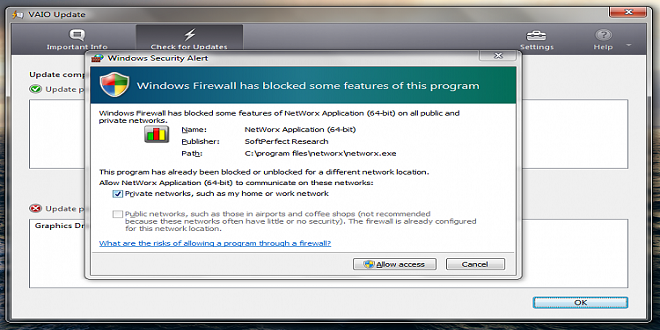BOOM or CRASH? What could the future of NFT look like?

In 2021, non-fungible tokens will be the biggest trend in the crypto industry. NFT was popularized by the high price of crypto-art and the buzz around it. Non-fungible tokens were soon used all over the world. Famous auctions sell NFT art items, and gamers all over the globe earn crypto by playing NFT games. Everything looks promising and large at first glance. The future of NFT looks bright and promising, but will it be as bright or will the public lose interest as fast as it seemed? This article will address this issue.
What is NFT? And why all the noise?
NFT (non-fungible token) is a type cryptographic token that cannot be replaced or exchanged for another. Non-fungible tokens are digital items that have a cryptographic certificate and can be transferred in the same way as cryptocurrencies.
The NFT hype is psychological. The NFT gives humanity the ability to claim ownership of a piece of public property and broadcast its purchases to the rest of the world. It’s easy to see that speculation in non-fungible tokens can be used to play on our vanity.
NFTs can be used to claim ownership of digital objects or works. They also serve as a type of virtual exhibit. A digital token’s features enable it to store information about an art piece’s history indefinitely, and gain value over the course of time.
NFT in the legal systems
Each state has its own law system and procedures for fixing property rights. This is a world that has evolved over time. How does the legal system regulate ownership of NFTs? It is not possible. Today, there is no law that regulates the creation or sale of tokens.
NFT can be used conditionally to represent a legal document for a specific object based on its essence and purpose. However, there is a conflict. The owner/possessor has the right to own, use, and dispose of any material object. However, other people cannot exercise the ownership rights. Ownership is, in essence, a monopoly over a thing.
NFT technology does a great job verifying ownership
Tokens can only be issued on the blockchain. This means that all information regarding the issuance of non-fungible tokens is stored in distributed ledger systems. It is public and cannot be altered. The blockchain holds all information about a specific non-fungible token as well as an object of the virtual or real world “associated” with it.
Each token is also controlled by a unique address on the blockchain. It can only be moved between addresses if the owner or authorized person has authorization to do so. Buidlbee.com explains that NFT technology has enormous potential to prove ownership of any asset in physical or virtual reality. Because such tokens are unique, non-fungible and exist in one copy, all information is public and kept on the blockchain.
However, even though you have fixed the ownership of the original object, anyone can download and distribute copies of it on the Internet. The work can be duplicated and made public, even though their addresses on the blockchain may be different. This means that a digital object is in fact owned, but cannot be controlled as to its distribution.
Copyright protection
It is not clear in which jurisdiction a NFT sale or purchase agreement is valid. In case of disputes, which court should be applied to protect their rights? The legal regulation of NFT must be addressed in a comprehensive way so that the industry can continue to develop and, on the other, each person’s rights to their property are protected.
NFTs: Prospects
NFT technology is a promising technology with great prospects. The technology’s advantages, current popularity of non-fungible tokens, and growth rate of industry all indicate high user interest. NFT art has the potential to grow as a result of people’s increasing consumption of digital content. The convenience afforded by the NFT sphere in relation to ownership of physical objects can also be used as an opportunity for the detailed study and development tokenization.
However, there are many issues in the industry at the moment: there is not a legal regulation, there is no market structure, and the specific methods of implementing technology are unclear. It is difficult to predict the future direction of NFT development. It is possible that NFTs’ popularity may wane as quickly as they appeared. Users may be disappointed by the NFT market.
Only time will tell if this technology will become widely distributed and lead to new applications and directions. However, these tokens have been a great impetus to the popularization and experimentation of many artists’ creations, as well as a stimulus for the growth of the entire cryptocurrency industry.
Conclusion
NFTs saw a significant boom this year, with their value beginning to soar. Some NFTs are digital objects such as images, videos, and ground in virtual worlds. Their prices have increased rapidly over the past year. Despite this, no physical objects were sold. This can be interpreted in many ways. However, one thing is certain: The world has a new toy, a “pyramid”, and it is all thanks to Ethereum and its blockchain.





